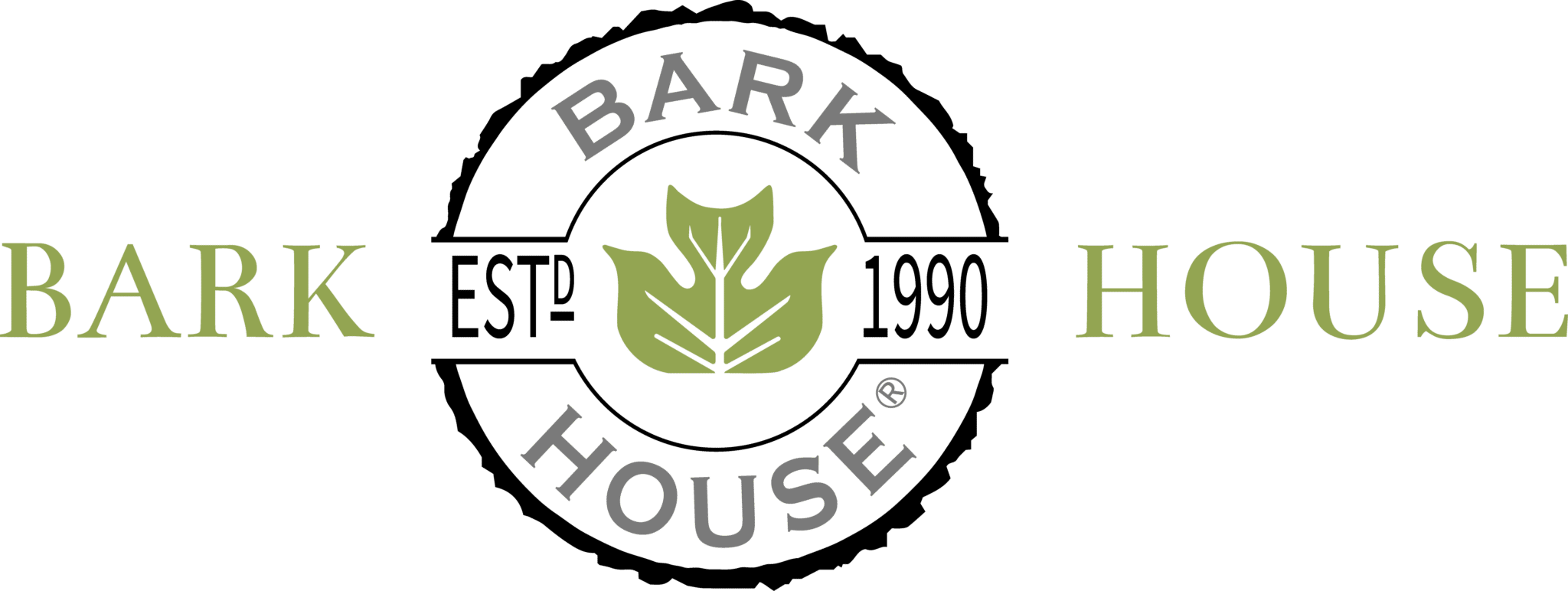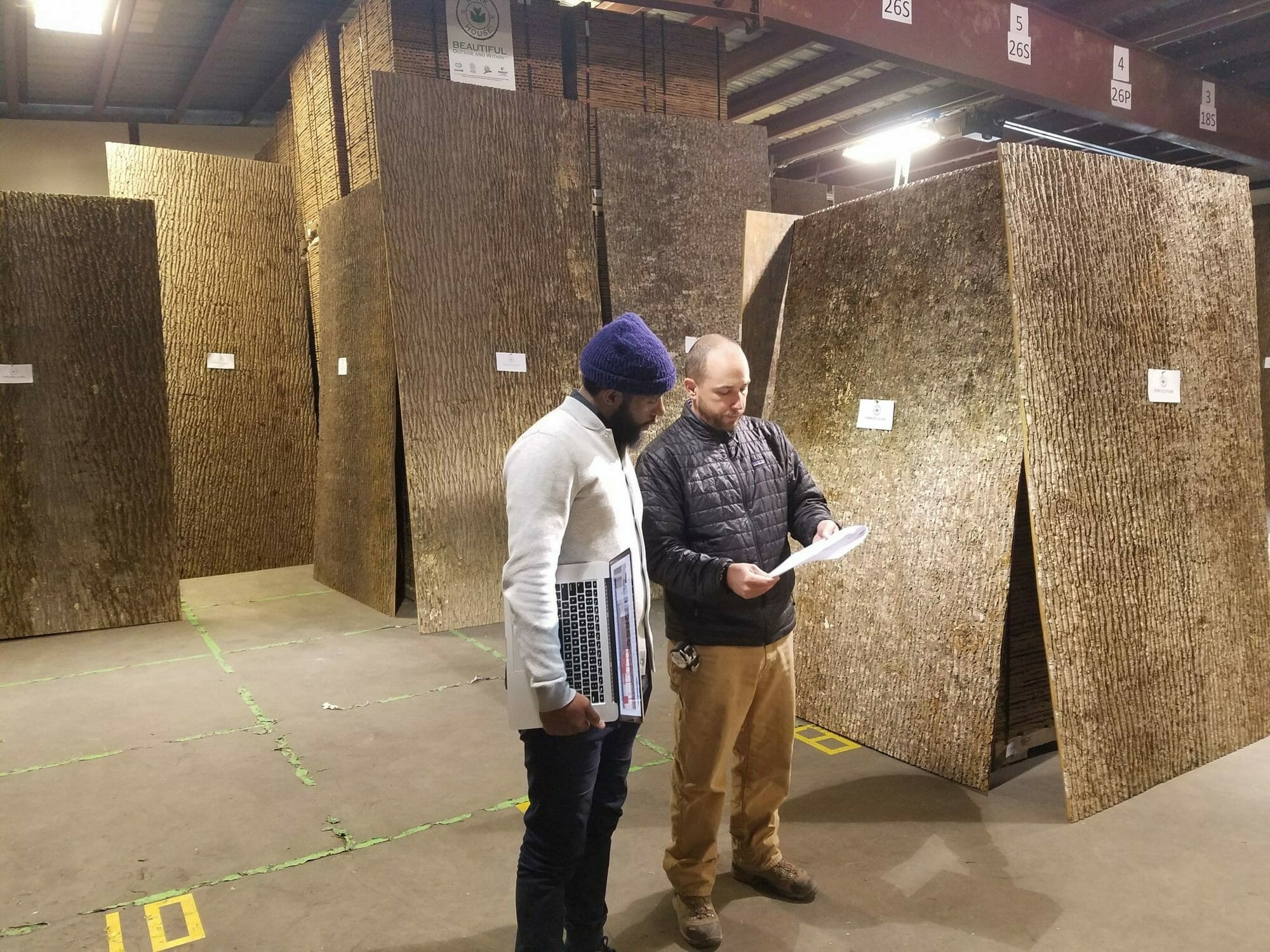Introduction
“The ecological worldview roots of regenerative development and design are evident in very different ways of thinking, seeing and engaging with the world than those that have dominated green building and ecoefficiency approaches to sustainability. Regenerative thinking redefines the built environment – from the old, building-centric definition to one that includes the relationships between and among buildings, infrastructure and natural systems, as well as the culture, economy and politics of communities. It redefines what sustainability means and requires – within the context of a dynamic, interdependent, evolving world. It sets goals accordingly based on the perceived need to re-weave human and natural communities into a co-evolutionary whole, where humans exist in symbiotic relationship with the living lands they inhabit. To that end, it envisions development and design as the means for forming sophisticated, mutually beneficial partnerships between humans and their constructed environment, and the natural systems of their place.”
Sourcing
After 5-years of research and development, company co-founder Marty McCurry (trained in chemical engineering, pulp and paper technology, and product design) determined that the structure of poplar bark could be converted to an exterior siding product. He discovered that this overlooked material could maintain the structural attributes and material intrigue essential to be a product offering. Three more years in the field were required to develop a proper supply-chain and product source that ensured the vitality of this resource continuingly. In 1998, he shared his training seminar to educate loggers on properly procuring bark material from the waste stream of the logging industry. One benefit to loggers is that their income is increased two to three-fold as compared to selling the log alone. One benefit to the landowner is a chain-of-custody process that protects their land from theft. Trees are a renewable resource and the forests provide an important example of whole-regenerative systems that must be honored. Professional tree removal in the US follows a good management strategy as a general rule and our practices improve on that. Resources are offered to landowners to learn about land management strategies, for example. Up-cycling of waste materials is an important step in material utilization. The vitality of the source is honored only when important conditions are met. This includes the landowners having resources to improve their site conditions and develop thoughtful, long term land-management plans. It require harvesters who are thoughtful about tree-felling and removal with lighter equipment and less disturbance that leaves the soil ready for re-growth and the streams clean. It plans for the elimination of “waste” as there is no trash can for Earth. It encompasses all stakeholders with a focus to increase the generativity of the ecosystem, supporting a healthy growth to removal balance, and nurturing life.
Refining
Marty chose tree bark due to the structural attribute that offers a protective surface application for exteriors and interiors of buildings. The need for bio-harmful processing techniques, the addition of chemicals, as well as energy and water depleting manipulations is eliminated. It was important to protect the essence of the bark without over-refinement. The bark is one of the identifying characteristics of a tree. It is distinct and unique to every tree it covers. It reflects the patterns of the life of the tree. It grows and twists as the life underneath longs for itself and the environmental conditions restrict, restrain, and challenge it. This protective outer coating ensures the balance of the tree’s systems. It is naturally resistant to insects and a deterrent for fire. This translates into benefits for the built environment. The secret in the refining aspect is to see our life patterns reflected and to honor this state of pure being so that we have the potential to resonate with it. Marty has taught loggers about the characteristics that must be present in the bark for it to maintain its integrity as a protective surface. He taught our craftsmen how to grade the bark for its specific application. The focus was to select only that which is capable of performing functionally, aesthetically, and as a connective thread back to the essence of the forest. To care for the forest, we must first care about it. Refining this material carefully allows its presentation outside and inside (free of VOCs). The built environment where we presently spend 90% of our time is connected back to the forest.
Converting
As noted above, the strategy for converting the covering for trees to a covering for exterior and interior building walls was meticulously researched and planned. Only Reclaimed Appalachian Wood Waste (RAW™) that has a chain-of-custody is used in manufacturing. The staff teaches vendors about the proper procurement of bark and forest management and welcomes vendors on our yard at intake. Vendors are supported to work outside and maintain their important connection with the land. The converting process we created involves fine hand-crafting, clean solar power, energy-efficient kilns, and zero grid energy. The wall coverings hold more carbon in the built environment than all their manufacturing produced. It involves zero water in direct manufacturing, stream restoration, and watershed analysis. Humans begin to learn about different species of trees and characteristics of bark that exists in the forest from wall coverings in the built environment. The muted colors and coarse textures are now seen in all their glory and celebrated. Clients are empowered to convert their cash as an investment in a regenerative process and products versus more consumption.
Compositing
The effect that the Bark House team is working toward so diligently is to connect people (clients, craftsmen, eco-loggers, and landowners) with the forest through a pure product that honors this regenerative journey along every touch-point. No glues are used and no chemicals are added to the flagship poplar products. Hand-crafting creates a kiln-dried, highest quality, controlled product of the right thickness for the application that lasts 80-years maintenance-free (no sealers are needed). The raw or pure nature of the material that has been maintained and honored creates an irresistible surface that everyone has to touch – and it touches them! Compositing is where the product design of Marty meets the business process of co-founder Chris McCurry. On any given summer day at our yard, all stakeholders may merge. Vendors exchange information and tips with each other. They build community. Employees learn about the vendor’s lives and ways to support their development. Visiting clients interact with all on the yard to participate in a process that honors honest, hard work with the land. This is a time where people on the outside and opposite edges of any bell-curve have an opportunity to come together and interact. Our website provides an opportunity to share the stories and videos of all stakeholders as well.
Stay tuned for Part 2 with the next four-phases of the value-adding process. To learn more about Bark House brand Poplar Bark Panels click here. There is a catalog linked from that page that has every panel we have in inventory photographed and priced.

